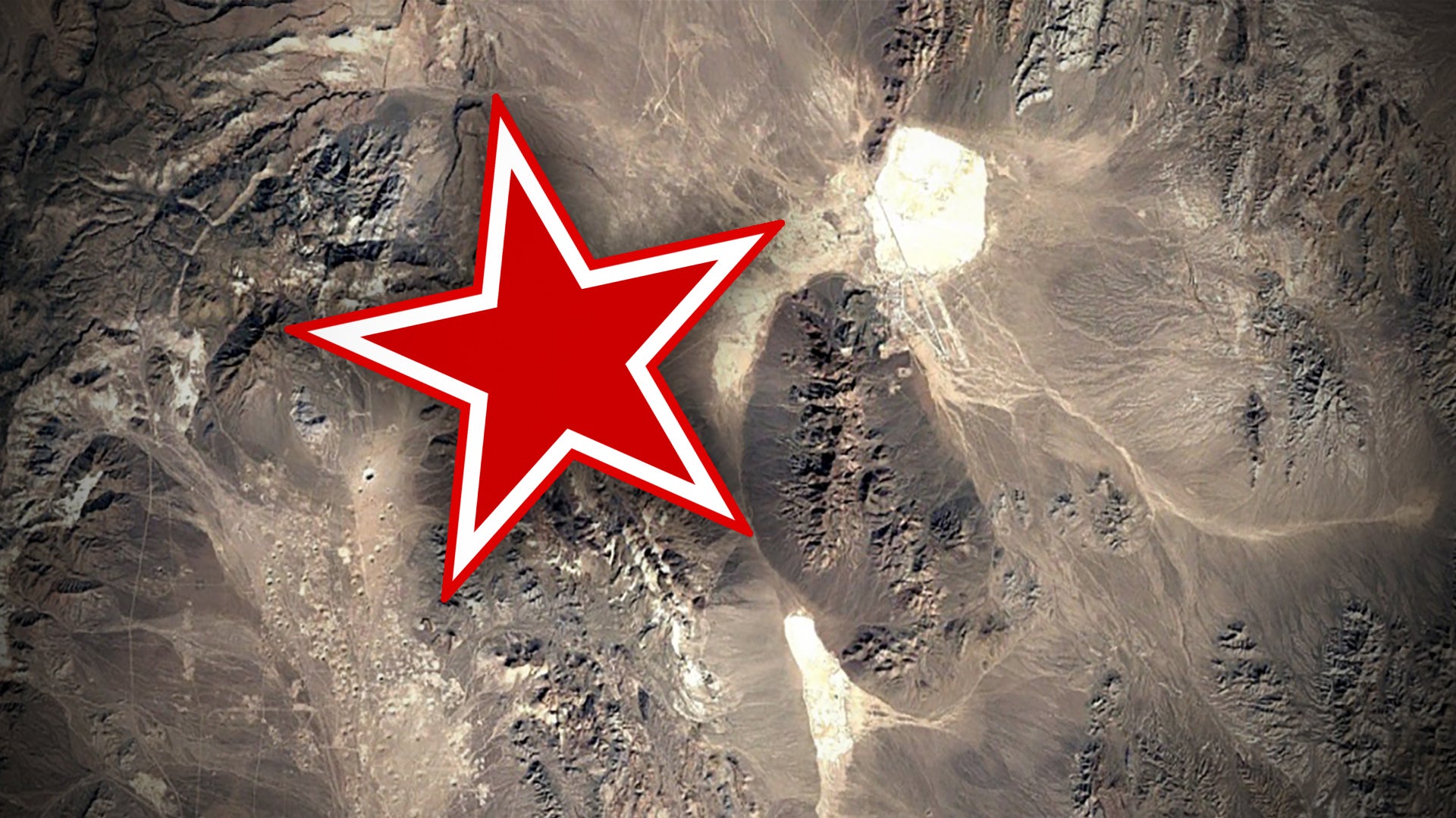The Russians are operating their Tu-154M aircraft configured for surveillance flights sanctioned under the Open Skies Treaty that allows member countries to conduct surveillance flights over each other’s territory relatively unimpeded. The aircraft are equipped with imaging equipment with specific limitations and monitors from the country being surveilled are onboard the flights to make certain the party complies with the parameters of the treaty. This latest series of Russian Open Skies flights are being conducted out of Great Falls, Montana and are covering a slew of strategic points in the western part of the United States, including the highly secure Nellis Test and Training Range (NTTR) in southern Nevada, home of Area 51.
The mid-day flight on March 28th, 2019 appears to have originated out of Travis AFB, located near San Francisco, and continued on something of a highlights tour of American military installations in California and Nevada. It flew south over central California, passing near bases like Naval Air Station Lemoore and headed out over the Channel Islands. It then headed directly over Edwards AFB before meandering around Fort Irwin and on to Naval Air Weapons Station China Lake before hooking a right and heading toward Creech AFB in Nevada. It then headed north, directly into the NTTR—the most secure airspace in the United States along with Washington, D.C.





After it flew over Creech AFB, it headed up to Yucca Flat, where one of America’s nuclear weapons assembly plants is located, and a secretive airstrip that specializes in test flights of unmanned aircraft, as well as other sensitive Department Of Energy installations. It then headed over the pockmarked Nevada Test Site. Area 51 sits just to the east of this location. The aircraft’s panoramic cameras can collect fairly wide swathes of imagery along the Open Skies aircraft’s flight path.
The voyage continued north, with Tonopah Test Range to the east, before heading northeast towards Salt Lake. It passed somewhat near Dugway Proving Grounds on its way back to Great Falls, but it’s not clear if the aircraft was collecting imagery at that time. If it was, it was doing so at double the altitude as before. The Tu-154 flew at an altitude of around 14,000 to 15,000 feet for the part of its trip over Nevada and California, before climbing out to above 30,000 feet after exiting the NTTR and heading back to its temporary base of operations in Great Falls.



A flight before this one saw the Tu-154 check out Salt Lake and Hill AFB, Las Vegas and Nellis AFB, pretty much all of San Diego, and up the Southern California coast, which has plenty of military bases and weapons storage areas. It then flew directly to Plant 42 in Palmdale before climbing up and heading to Travis AFB to land and refuel.
These are Russia’s first Open Skies missions over the U.S. for the year. The U.S. has already flown a number of Open Skies sorties over Russia in February.

Open Skies almost became a thing of the past when the U.S. accused the Russians of abusing the agreement and not offering equal treatment as defined by its terms. The U.S. also claimed that the equipment on Russian’s newest Tu-214ON Open Skies plane didn’t meet the limiting requirements of the treaty. Many think that the Russians get far more out of Open Skies than the U.S. as their satellite imaging and general reconnaissance capabilities are more limited than those of the U.S. military. You can more about this situation here.
Just as it looked like Open Skies was crumbling, there was a sudden about-face and the flights resumed, with an especially high profile U.S. sortie over Ukraine occurring in January.


The Russians definitely have a ton of new intelligence data to pore over after yesterday’s missions. We’ll keep an eye on the Tu-154M’s movements out of Great Falls to see if it flies any more missions over some of America’s most sensitive military installations in the days to come.
Special thanks to observer and tracker Jeff LeBarron who spotted the Russian Tu-154 in flight near Area 51 in March 2019 using the Flightradar24 app.
Contact the author: Tyler@thedrive.com
Author’s note: The Tu-154M used for Open Skies missions is only equipped with optical sensors. The mention about radar was removed/corrected for accuracy purposes.
